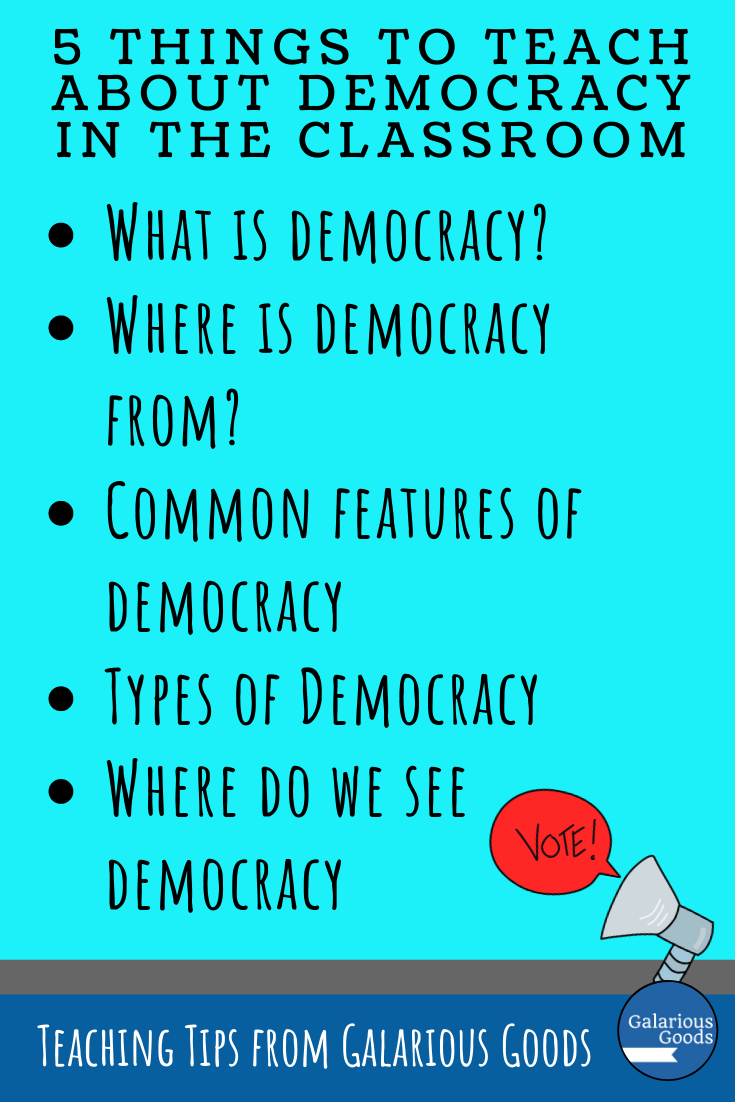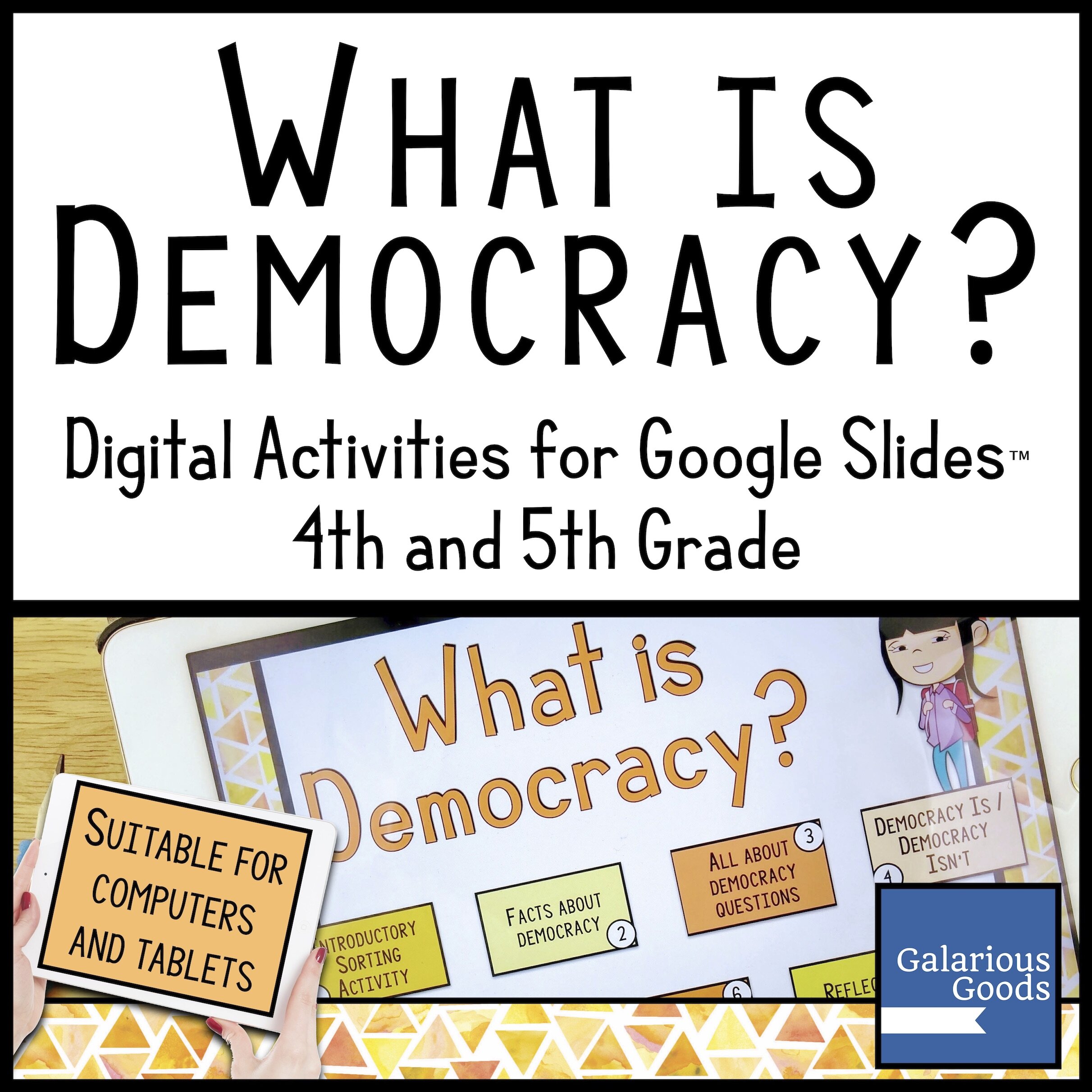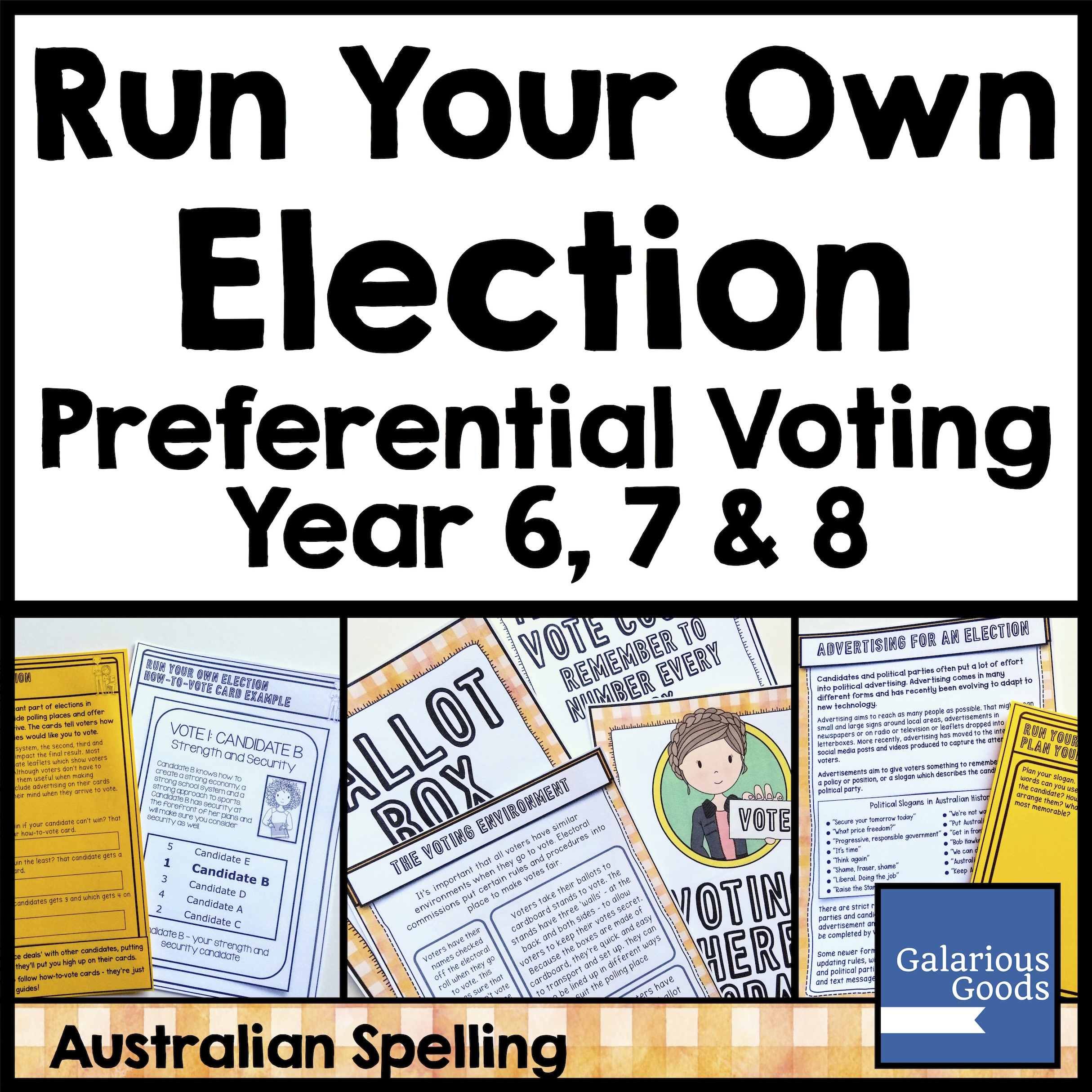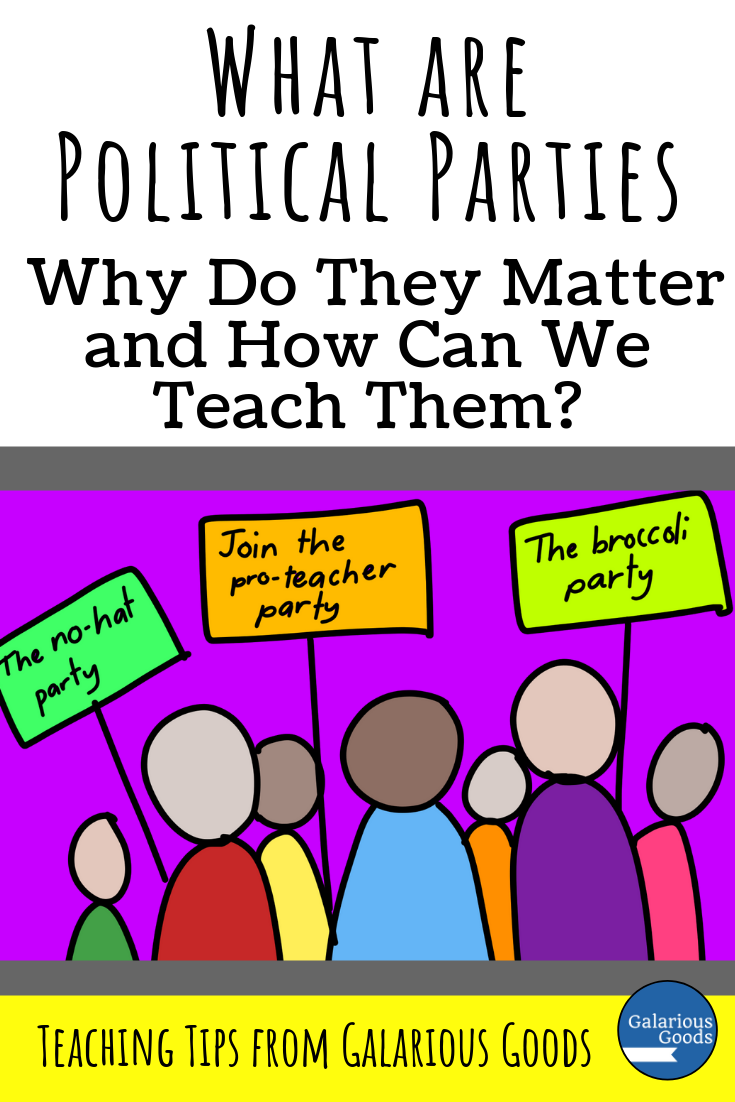5 Things to Teach About Democracy in the Classroom
/Democracy is such an important topic to teach in the classroom - but what should we be covering when we teach democracy? Here’s five things which will help students gain a better understanding of democracy - and where we find it in the world around us.
1. What is Democracy?
Before students can gain a deeper understanding of democracy, they need to understand what it is. They might like to start with breaking the word down - democracy is a Greek word meaning rule or strength by the people.
In our modern world, we understand democracy is a type of government where citizens get an equal say in how things are run - usually through voting.
This is a good opportunity to explore what voting looks like. Students may have accompanied adults as they vote and they can talk about what they see. You can also share photos of voting around the world - whether it’s Australians voting at an Antarctic station, a primary caucus in Iowa or voting in space!
Students can also talk about other places they see voting - whether it’s voting in the classroom or voting for a reality television show.
2. Where Does Democracy Come From?
If you’re digging deeper into democracy, it’s good to know where it comes from - and how modern democracy is different.
Democracy started in ancient Athens around 508-507 BCE. It was a change from ‘aristocracy’ - rule by the elite - with the idea that ‘the people’ of Athens should have a say in how the city state was run. The ‘people’ - those who got to vote and were involved in decision making - was quite restricted though - women, slaves and non-citizens were all excluded.
Students might like to reflect on how the development of democracy would have changed the life of Athenians who were able to vote. They might also like to research some of the features of democracy in Athens like ostracism and the red rope!
3. Common Features of Democracy
What features usually accompany democracy? From elections, to majority vote to the right to protest against the government, there are a range of features which people usually associate with democracy. These can change from country to country - not every country has free speech, for example - but the philosophy of everyone having the right to participate in decision making is usually behind these features.
Students might like to create a list of the features of democracy they know about and discuss why those features exist. They might also like to examine what can make democracy fairer and look at how some countries have worked to create fairer systems. To extend this, students might like to argue to a change to their own democratic system - from how the senate is created, to how votes are cast, to a change in who is allowed to vote.
4. Types of Democracy
There are two main kinds of democracy - representative democracy and direct democracy. In direct democracy, voters vote for all the decisions. In a representative democracy, voters vote for representatives who serve to make laws and decisions.
Many countries have a mixture of direct and representative democracy. In many countries, almost all laws are created by representatives. However, when the law is particularly big, or there’s a lot of conflict about passing it, laws might be referred to the public to be voted on. This is called a referendum.
Students might like to look at the benefits and drawbacks of both kinds of democracy and write a persuasive argument about which one they believe is better. They can also research notable referendum and talk about the different arguments people might put forward when they convince people to vote for laws.
5. Where Do We See Democracy?
It can be tempting for people to dismiss democracy as not important, but it’s essential for students to see the impacts of democracy all around us. From politicians belonging to different political parties, to newspapers being allowed to disagree with the government, to people being allowed to sign online petitions to ask the government to change something, democracy influences our lives more than we might realise.
Students can talk about the places they see democracy - or the influences of democracy - in their life and talk about how things might be different if only some people were allowed to vote. They can discuss how voting rights have changed over time and whether there are still changes required. They can also look at how different countries celebrate democracy - from democracy sausages in Australia, to I voted stickers, to election night parties.





















